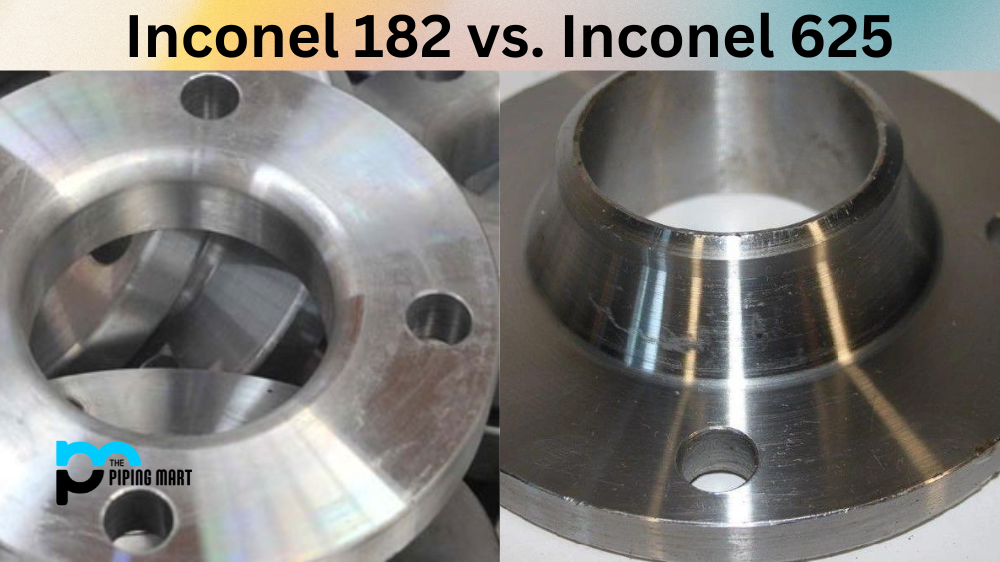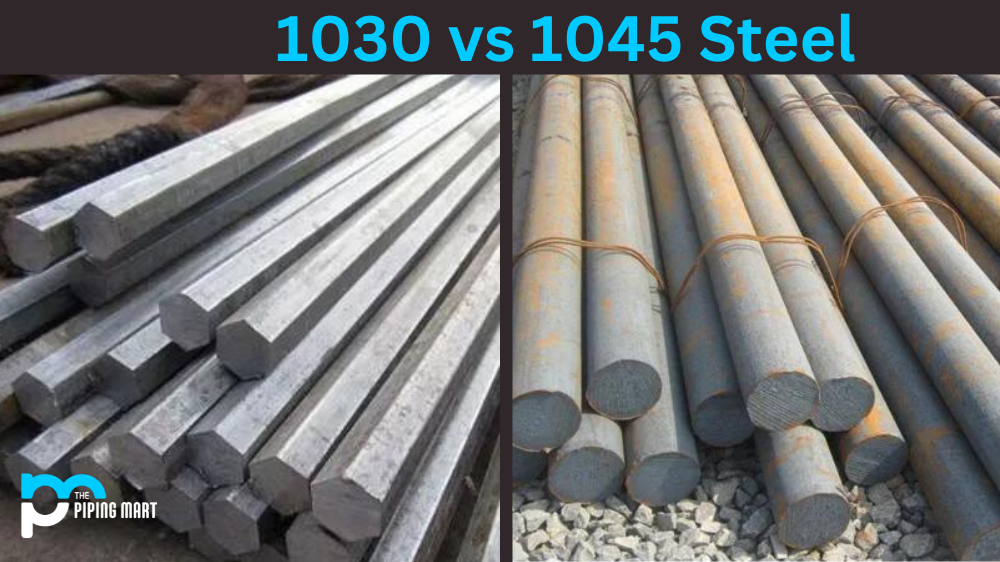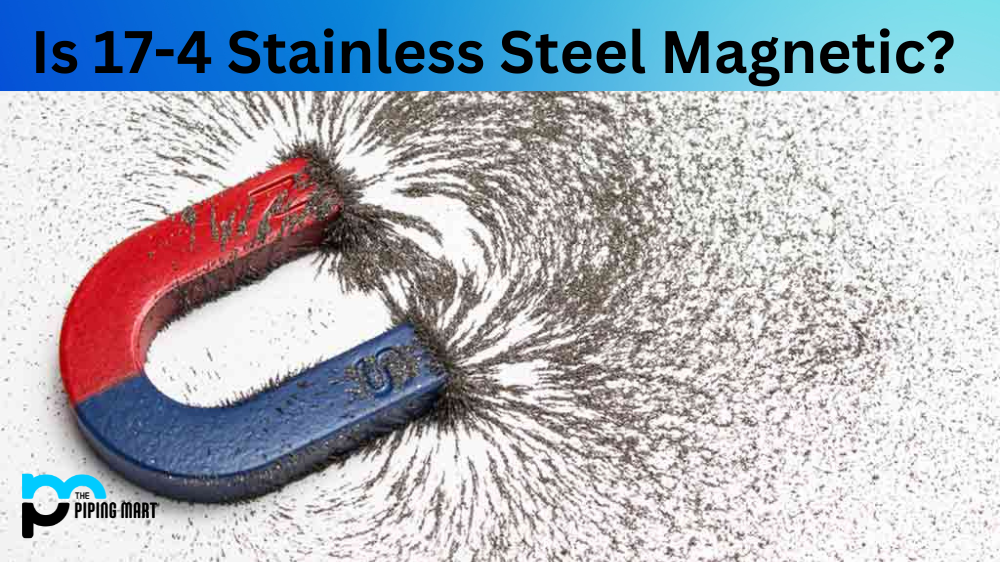When finding the perfect metal for specific applications, two names that stand out are Inconel 182 and Inconel 625. Inconel 182 is a filler metal that can be used in welding numerous alloys, while Inconel 625 is a nickel-chromium alloy known for its strength and toughness. Both metals share similarities, but they also differ in composition and usage. This blog will discuss the differences between Inconel 182 and Inconel 625.
Difference Between Inconel 182 and Inconel 625
Composition
Inconel 182 has a composition that includes nickel, chromium, iron, and some trace elements. In addition, it also contains chemical components such as carbon, manganese, silicon, and sulfur that are added to the metal in various proportions. On the other hand, Inconel 625 contains nickel, chromium, and molybdenum as its primary components, with traces of niobium, iron, and cobalt. The difference in the composition of both metals affects their physical and mechanical properties.
Physical Properties
Inconel 182 has a lower melting point than Inconel 625, making it ideal for welding. It can withstand temperatures up to 1095℃ (2003℉) and has a density of 8.4 g/cm3. Inconel 625, on the other hand, has a high melting point of around 1350℃ (2462℉), making it suitable for high-stress applications. It has a density of 8.44 g/cm3 and can resist corrosion and oxidation.
Mechanical Properties
Inconel 182 has high tensile strength and is an excellent material for welding. Its strength, toughness, and corrosion resistance make it a top choice for many industries. Inconel 625 also has high tensile strength, but its bending and welding properties are superior. It can bear higher stress and remains stable up to 980℃ (1796℉). Both metals have impressive mechanical properties, making them the go-to choice for industrial and engineering applications.
Usage
Inconel 182 is generally used as a filler metal for joining dissimilar alloys. In contrast, Inconel 625 is used in various applications, including chemical processing, aerospace, marine engineering, and nuclear power. The high temperature and corrosion-resistant properties of Inconel 625 make it a popular choice in industries where metals must perform in harsh environments.
Conclusion
In summary, Inconel 182 and Inconel 625 differ in composition, physical and mechanical properties, and usage. Inconel 182 is ideal for welding and has excellent properties for joining dissimilar alloys. Inconel 625, on the other hand, is known for its strength, toughness, and resistance to corrosion and oxidation. It is a versatile metal used in many industries where metals must perform in harsh environments. Ultimately, the choice between these two metals will depend on the specific application and the physical and mechanical properties required to achieve the best results.




